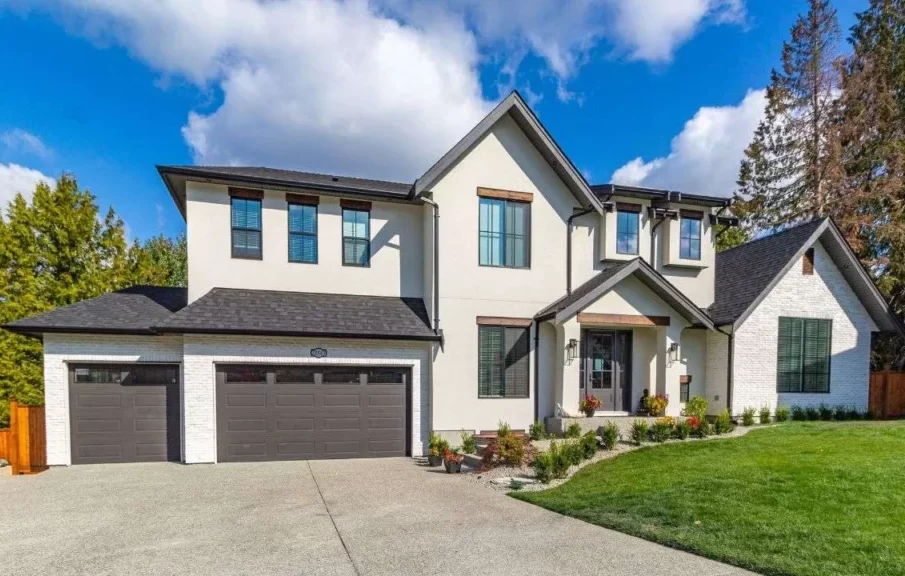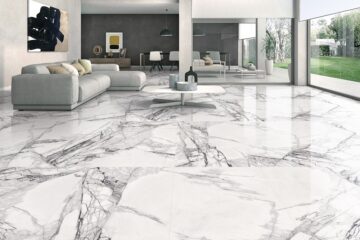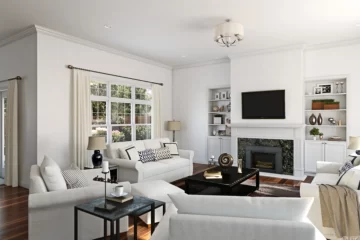
Scrolling through photos of luxury homes can feel like eye candy overload. Every space is stunning, every finish flawless—but how do designers interpret these images? It’s not just about what looks good; it’s about how a space works, feels, and lives. That’s the difference between simply admiring a room and understanding its design.
A well-curated custom home gallery is more than just a visual showcase. It’s a resource packed with subtle details that reveal design strategy, architectural balance, and clever functionality. Learning to read it like a designer means looking deeper than decor, which starts with knowing where to focus your attention.
1. Spot the Hidden Genius Behind Everyday Spaces
Before you admire the tile work or that dreamy kitchen island, take a step back. Designers always begin with layout and flow. Notice how rooms connect and whether the transitions feel smooth and open or defined and intentional. Look at how furniture placement defines space without blocking movement. These early choices affect everything from natural light to how the home is experienced daily. Remember to note room proportion and ceiling height—they shape how grand or intimate a space feels.
2. Look for Hidden Functionality
A designer’s eye always looks for more than surface beauty—it seeks purpose in every piece. That entryway bench? It’s probably hiding storage. That minimalist bookshelf? It might lead to a hidden room. In thoughtfully designed homes, every element works double duty, blending form with smart function. When browsing images, look beyond the finishes. Notice the clever built-ins, versatile spaces, and hidden storage solutions that support real-life living. These features don’t just serve a purpose—they elevate the entire experience.
3. Read the Story Told Through Materials and Textures
Designers choose materials to add depth, balance, and warmth. It’s not just about looks—it’s about how things feel and age over time. Look for:
- Contrasts like wood with steel or matte with glossy finishes
- Repeating elements in tile, fabric, or trim
- Natural materials like stone or oak age beautifully
These details aren’t random—they’re intentional and tell a visual story that ties the space together in a subtle but powerful way.
4. Lighting Is the Secret Design Ingredient
Lighting shapes how a space feels, not just how it looks. Designers layer different types for effect:
- Natural light from windows creates warmth and openness
- Ambient lighting sets the overall mood
- Task lighting brings focus to specific areas
Watch where the light lands first—it’s usually intentional. A feature wall or cozy corner often gets highlighted for a reason. Also, don’t overlook window placement and treatments; they play a massive role in how light moves through a room.
5. Design Consistency Is the Real Glue
Even homes that showcase bold design ideas follow a consistent visual language. Watch for repeating elements—like trim profiles, flooring materials, or color palettes—that guide your eye from one room to the next. Designers aim for cohesion, not uniformity. That’s why a space can feel varied yet harmonious. The magic is in the details that quietly connect the entire home. Subtle visual cues—like the same wood tone repeating on a staircase and in the cabinetry—build familiarity and create flow without feeling overly coordinated.
Showcasing the Standard of Custom Home Design
The gallery presents a curated selection of custom homes that embody architectural integrity and everyday functionality. Each image reflects intentional craftsmanship—from fluid floor plans and natural material choices to seamless indoor-outdoor transitions. Rather than focusing on trends, the portfolio illustrates timeless design executed with precision, making it a valuable visual reference for custom home standards.
To think like a professional, you must purposefully approach a custom home gallery. Instead of just admiring the surface, analyze how the home functions and flows and how small decisions impact the big picture. By reading photos as designers do, you start to see what makes a home exceptional—beauty with purpose and style backed by smart choices.
Why Floor Tiles Are the Perfect Blend of Style and Function
November 23, 2024Home Remodeling Bloomington, Minnesota: Bettering Your Living Space
September 30, 2024Why Should You Invest in High-Quality Rubbish Bins?
September 1, 2024
Comments are closed.
-
AT&T Networks are Ready for the World Games Stage
August 2, 2022 -
Meal Kit Deliveries: Healthy Diet At Your Doorstep
November 20, 2021






